
Fidel Castro
The life of Cuba's revolutionary leader
Castro was born on August 13, 1926, on his father’s sugar plantation near Biran on the northern coast of Oriente Province. The province had been under US influence since before Castro’s birth. Angel, Castro’s father, was originally from Galicia, Spain. His mother was a Cuban Creole whose family was also from Galicia. She and Castro’s youngest sister, Juanita, assisted anti-Castro groups. These activities were overlooked by Castro. After his mother died in 1965, Castro arranged for Juanita to go to the United States. Castro had seven brothers and sisters, as well as a half brother and sister. The most important of these was Raul, who was four years younger, and has been with Fidel since the attack on the Moncada Barracks.

1 of 5
The US influence in Oriente Province was pervasive with the United Fruit Company, the Dumois-Nipe Company, the Spanish American Iron Company and the Cuba Railway Company dominating the economy. The US government owned the Nicaro nickel deposits just a few miles down the coast. The vast majority of Cubans lived in poverty while Americans enjoyed their own polo club, swimming pools, schools, stores and hospitals.
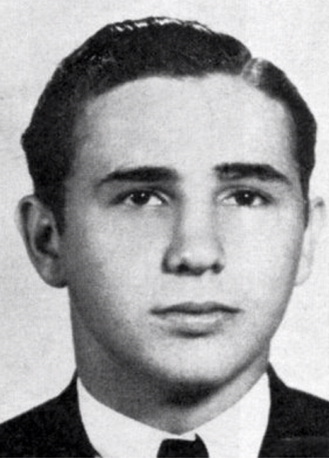
2 of 5
Castro has never talked much about his father, but evidence indicates that they were neither close nor affectionate. He once referred to his father as “one of those who abuse the powers they wrench from the people with deceitful promises.” In an interview with the noted
biographer Lee Lockwood, Castro indicated that his father never paid taxes on his land or income and showed his contempt for him by saying that his father “played politics for money.” Castro’s father died in 1956.

3 of 5
Castro married Mirta Diaz-Balart in 1948. Castro’s son Fidelito was born in the same year. Mirta later divorced Castro and remarried. In the 1950s Castro had an affair with Natalia Revuelta. They had one child, Alina Fernandez, who was critical of Castro’s government. In 1993 Fernandez left Cuba. During the literacy campaigns of the 1960s Castro met and married Dalia Soto del Valle, a school teacher.
They have 5 sons.
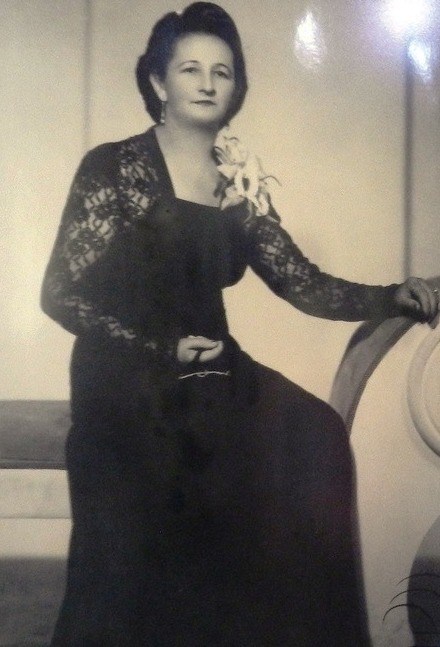
4 of 5
Castro’s mother protested when the 26th of July Movement burned sugar cane on the family plantation and was outraged when the hacienda was nationalized under her son’s agrarian reform policies.

5 of 5
Mirta’s father and brother were government officials in the Prio government and never approved of the marriage. While Castro was in prison on the Isle of Pines, Mirta was desperate for money. Her brother arranged for her to receive a monthly allowance from the government. When Batista’s minister of the interior heard that Castro’s wife worked for the Batista government, he published this fact and then dismissed her.
At an early age, Castro was sent off to school in Santiago where he stayed with godparents who mistreated him. His first memory of an event that “left a lasting impression” on him concerning the brutal nature of politics in Cuba occurred in Santiago. In 1942, a tall, heavy and powerfully built Castro attended Colegio de Belen, the prestigious Jesuit preparatory school located in Havana where his best subjects were agriculture, Spanish and history. He started studying law at the University of Havana in 1945. This period of Castro’s life is very controversial and it is difficult to separate myth from reality. It was during this time that he became politically active.
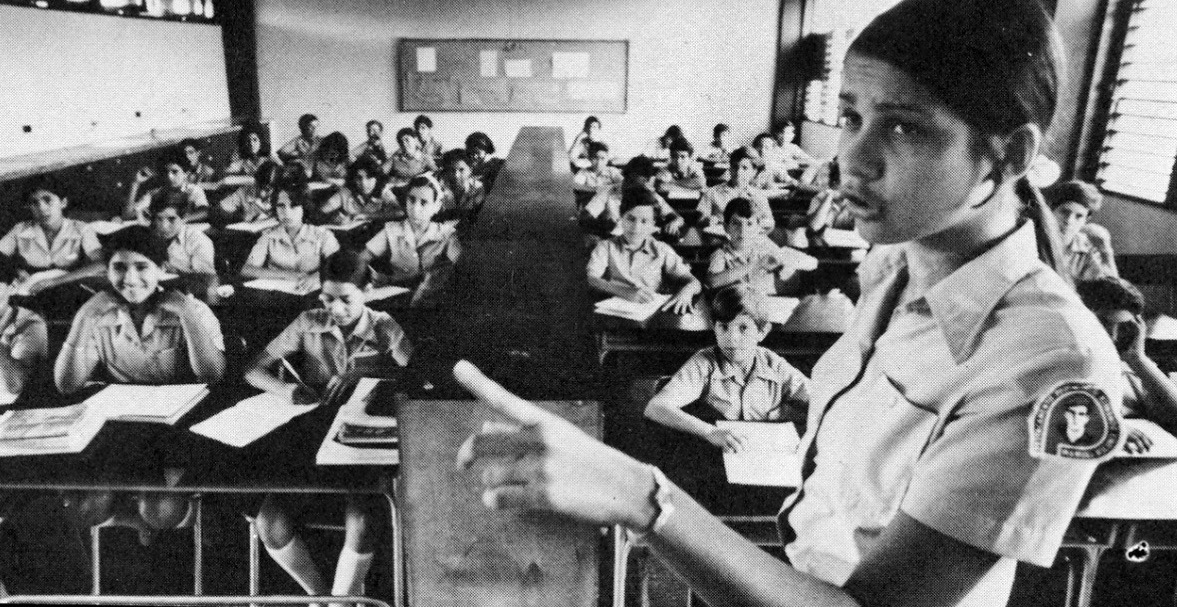
1 of 5
In Santiago, a group of sailors claimed that some students had said something about them. They followed the students into a nearby building, beat them with the butt of their guns and hauled them to jail.
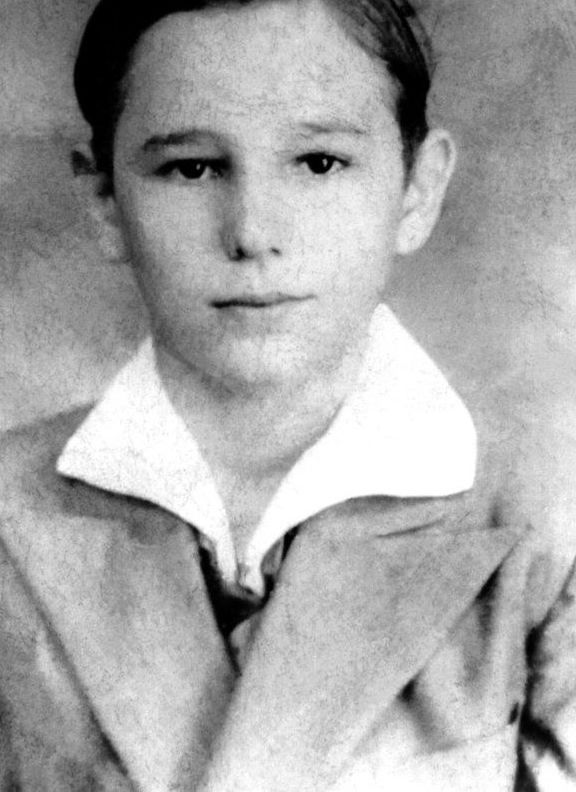
2 of 5
Although not the best student, Castro loved the study of history. He was quite rebellious and at the age of thirteen he tried to organize a
strike of sugar workers against his father.
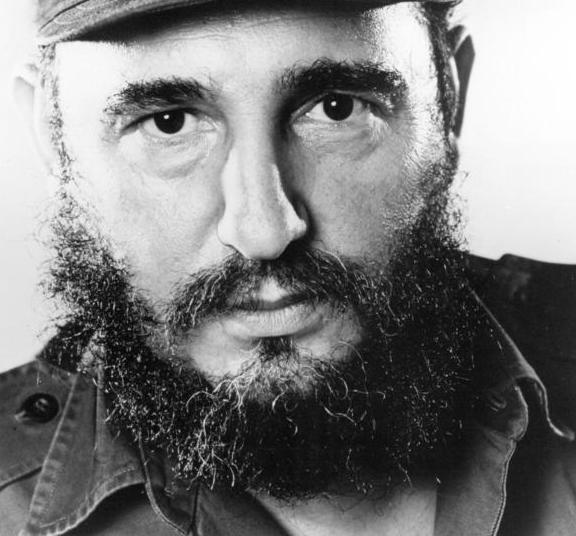
3 of 5
One day he quarreled with an older and bigger student who beat him until he could not continue. The next day Castro came back for more and was beaten again until the two were separated. Castro came back for more on the third day and again was beaten, but the other boy had had enough and conceded a moral victory to Fidel. Clearly, one of Castro’s defining characteristics is that he will not accept defeat.
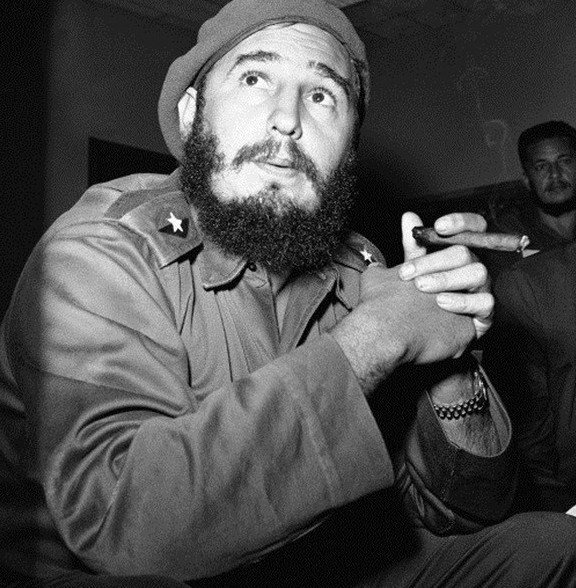
4 of 5
Cuban university students had been politicized since the presidency of Machado and the rivalry between the major student groups on campus escalated, with the use of guns, violence and kidnappings being very common. Castro became part of this environment and excelled in it by seeking a student leadership position.
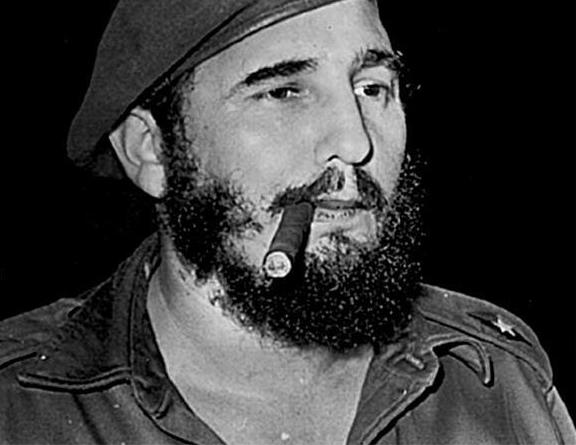
5 of 5
Castro took part in the failed invasion of the Dominican Republic organized by several student groups in 1947. The purpose was to overthrow the dictator Rafael Trujillo. The ships were to set sail from the Bay of Nipe and Castro was in charge of Dominican exiles. At the insistence of the United States, President Grau stopped the invasion and most of the participants ended up being arrested. Castro escaped by swimming across the shark-infested waters of the Bay of Nipe to his father’s plantation.
- Richard A. Crooker, Zoran Pavlovic, Cuba, 2nd Edition, Infobase Publishing, New York, 2010
- Clifford L. Staten, The history of Cuba, Palgrave MacMillan Publishing, New York, 2005
- Leslie Bethell (editor), Cuba: A short history, Cambridge University Press, Cambridge, 1993, Transferred to digital printing: 2007





